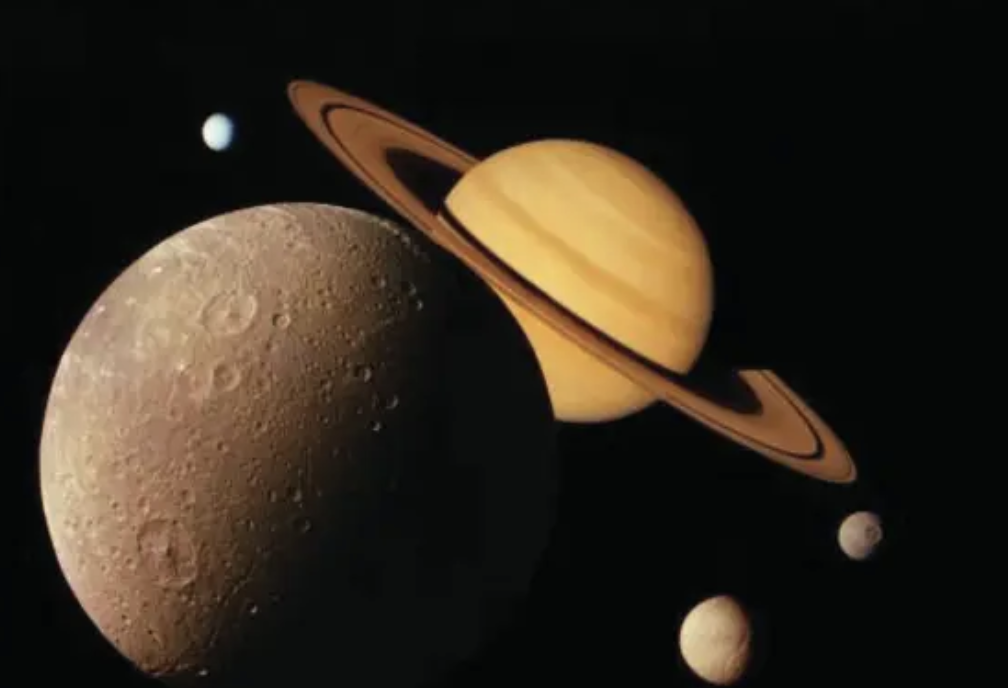Peak viewing season for the “naked eye” giant planets continues this month, with Saturn visible all night, Jupiter, rising later, dominating the eastern sky before dawn. Meantime, Venus becomes even brighter in the early morning sky, and by the end of September will be joined by Mercury.
Saturn, which just passed opposition August 27th, remains at its best visibility for 2023 all month among the dim stars of zodiac constellation Aquarius. From the southeastern sky at sunset it appears due south by midnight early in September. By the end of the month it will be due south by 10 p.m. On September 23rd the growing gibbous Moon will appear just below Saturn.
Jupiter rises around 10 p.m. in early September and it will be well up in the eastern sky by 10 p.m. by September 30th. Among the faint star of Aries the ram it is unmistakable. Both Jupiter and Saturn are beautiful in small telescopes all month.
Venus is so bright in the eastern sky and hour and a half before dawn that it cannot be mistaken. On September 11th a very thin crescent Moon appears just above the planet an hour before the Sun rises. Mercury rises above the eastern horizon too, brightening all the while from September 6th to September 22nd, gaining altitude steadily. It does not get as high as Venus but it can be found below Venus 30 minutes before sunrise on September 29th.
The autumnal equinox is marked on September 23rd when the Sun appears above the Celestial Equator (the equator of the sky). At that time the Sun at noon will be found exactly 50 degrees above the southern horizon. Thereafter with each passing day the Sun will appear below the sky’s equator until it reaches its lowest point at Winter Solstice (solstice means “Sun stop.”) on December 22nd. For us then, at 39 degrees North Latitude, the Sun will only be 26 1/2 degrees above the southern horizon at noon.
Look nearly overhead September nights and spot Vega (in Lyra the harp), the brightest star of summer. Cast your eyes left (east) to another bright star Deneb (in Cygnus the Swan); and then down to find Altair, brightest star in Aquila the eagle. Then look back up to Vega. You will have traced the “Summer Triangle” —– a beautiful asterism formed by these 3 first magnitude stars. It will remain visible, appearing to move into the west as we move into fall and on into Early December.



Write a Letter to the Editor on this Article
We encourage readers to offer their point of view on this article by submitting the following form. Editing is sometimes necessary and is done at the discretion of the editorial staff.